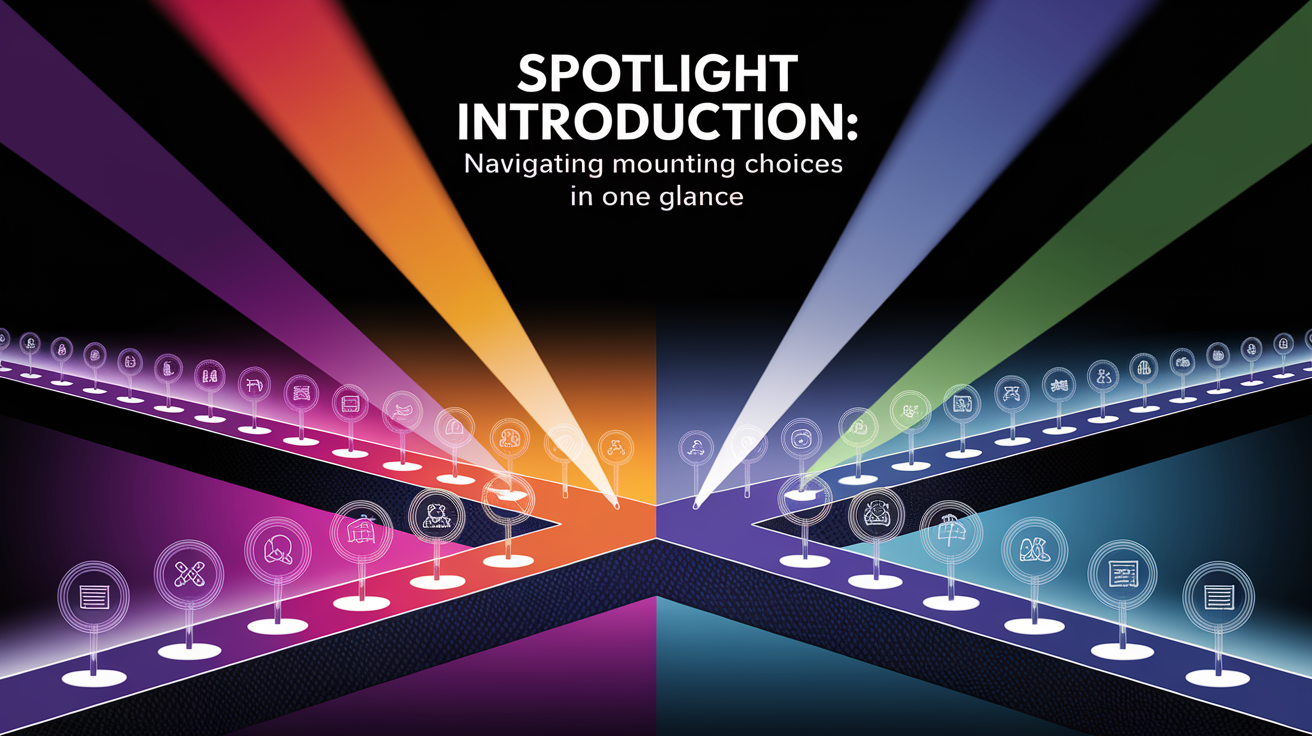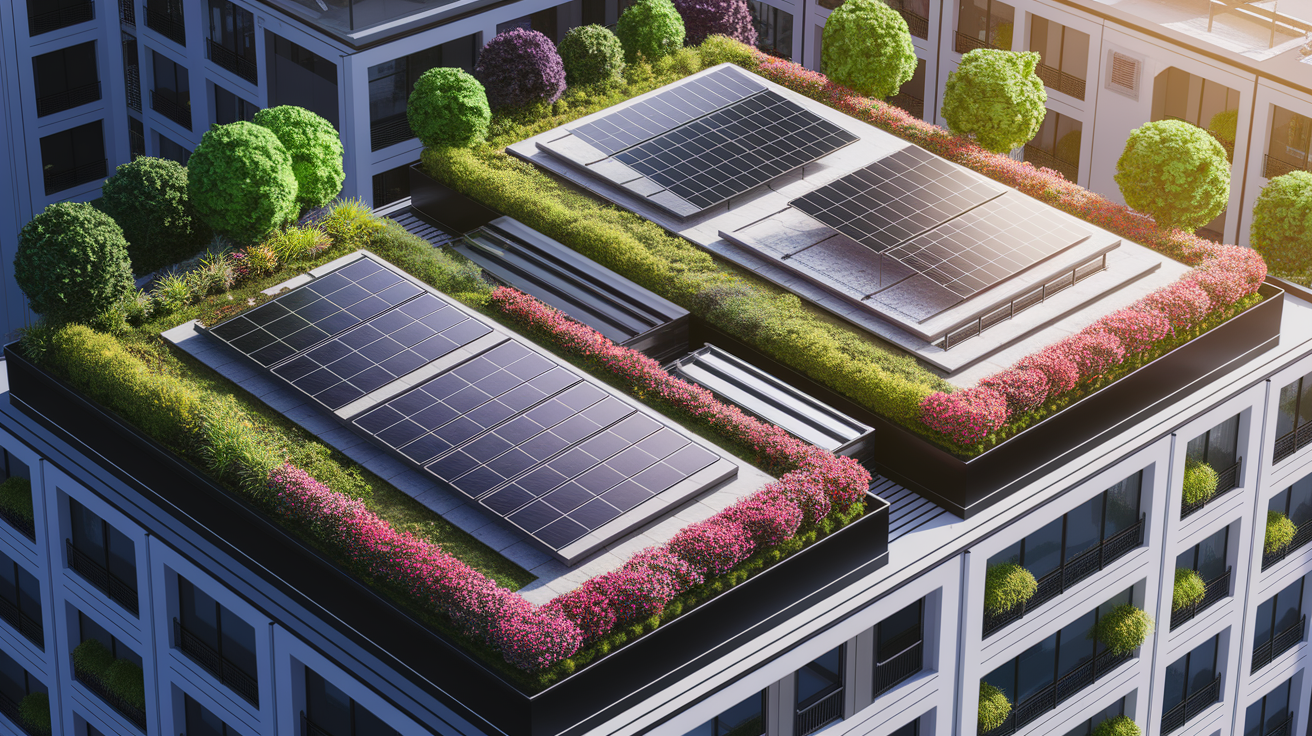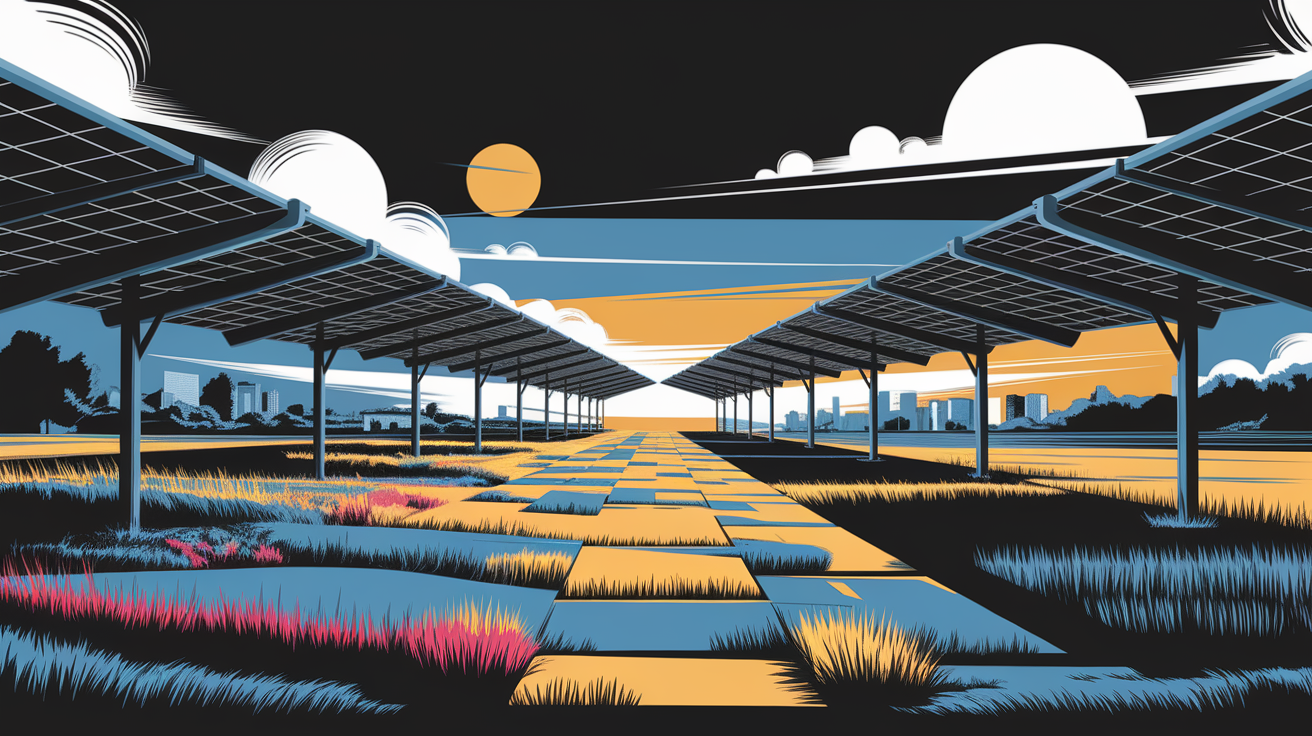Solar Panel Mounting Options: Find Your Best Fit
Spotlight Introduction: Navigating Mounting Choices in One Glance
Choosing the right solar panel mounting system is as critical as selecting the panels themselves. The way a solar array is anchored impacts not only performance, but also installation cost, maintenance ease, and long-term durability. From roof-mounted systems that maximize existing structures to versatile ground-mounted configurations with optimal panel orientation, each option solves specific challenges in space, load capacity, and environmental conditions. Understanding these configurations helps ensure your photovoltaic investment delivers maximum energy yield and reliability.

Roof-Mounted Systems: Maximizing Space
Roof mounting systems are the most common choice for both residential and commercial rooftop solar installations, leveraging unused building space without affecting land use. Panels are secured using specialized solar installation hardware that aligns with the roof type—whether flat, sloped, or metal.

- Ballasted systems: Ideal for flat roofs; they use weight to hold panels in place without penetration, preserving waterproofing and reducing leak risk.
- Penetrating mounts: Anchors or screws pass through the roofing material to secure panels, delivering structural stability in areas with high wind load or snow load capacity.
- Flush mounts: Panels lie parallel to the roof slope, minimizing visual impact and exposure to wind uplift.
- Tilt mount systems: Optimize the solar panel tilt angle for energy generation when roof pitch is suboptimal.
Critical considerations include the roof’s age, load capacity, shading from nearby structures, and weatherproofing measures such as flashing systems and standoff mounts. More on the details of rooftop mounting is available from KB Racking’s overview of roof mounting systems.
Ground-Mounted Systems: Flexibility on the Ground
When roof space is limited or unsuitable, ground mount solar solutions offer unmatched flexibility. Panels are affixed to frames or poles anchored into soil, allowing precision in tilt and orientation to capture maximum sunlight throughout the year.

- Fixed tilt: Panels remain at a set angle designed for maximum annual sunlight in the installation location.
- Single-axis tracking systems: Panels pivot daily to follow the sun’s path from east to west, increasing energy yield by 10–25% over fixed mounts.
- Dual-axis trackers: Adjust along two axes to track both daily arc and seasonal elevation, potentially boosting yield by up to 35%.
These systems often outperform rooftop arrays due to the absence of shading from roof obstructions and the freedom to optimize solar panel spacing. However, they require more land and, in some cases, site grading or concrete footings for stability. Learn more about fixed tilt and tracking ground-mounted systems at Melink Solar’s guide.
Pole-Mounted Systems: Precision & Tracking
Pole-mounted solar is a subcategory of ground mounting that uses single or clustered poles to elevate panels. These mounts are particularly advantageous for compact systems in uneven terrain or off-grid applications where full sun exposure is critical. Many pole mounts incorporate single or dual-axis tracking systems that automatically adjust for optimal irradiation throughout the day and year.

- Top-of-pole mounts: Multiple panels atop a single pole, often with manual or automatic tilt adjustments.
- Side-of-pole mounts: Smaller arrays mounted on the side of poles for minimal footprint and quick deployment.
While the initial installation costs can be higher, the efficiency gains from continuous sun tracking and reduced shading make pole-mounted systems cost-effective over their lifespan.
Building-Integrated PV: Seamless Aesthetics
Building-integrated photovoltaics (BIPV) replace traditional building materials with PV components, merging function with form. Examples include solar shingles that replace conventional roofing or PV glass in facades and skylights. This approach eliminates the need for separate mounting rails or brackets while delivering a sleek, low-profile look.
BIPV is particularly suited for new construction or major renovations, allowing designers to integrate PV generation without altering the building profile. However, costs are higher, and energy generation per square meter may be slightly lower than optimally angled panel arrays. The trade-off often lies in achieving aesthetic appeal and compliance with strict architectural guidelines.
Decision Factors: Picking the Perfect Mount
Determining the best solar racking method depends on a balance of technical requirements and site-specific goals. Key questions include:
- Space availability: Is there sufficient roof area, or will a ground-mounted or pole-mounted system better utilize available land?
- Structural suitability: Can the roof support the added load, or is soil stability better?
- Weather conditions: High winds, snow loads, and climate patterns may dictate the need for penetrating mounts or advanced grounding equipment.
- Energy yield goals: Will fixed mounts suffice, or do tracking systems justify higher capital costs with greater production?
- Installation and maintenance access: Ground-mounted and pole-mounted arrays are easier to clean and service, while rooftop systems may have restricted access.
- Aesthetic priorities: Flush-mounted arrays and BIPV excel where visual integration matters most.
Resources like Das Energie’s analysis of mounting structures and Gexa Energy’s mounting guide can help weigh pros and cons for your specific conditions.
Final Frame: Securing Your Solar Investment
The mounting system is the structural backbone of any solar installation, determining how effectively your panels produce energy, withstand environmental stress, and integrate with your property. By understanding the advantages and trade-offs of roof-mounted, ground-mounted, pole-mounted, and building-integrated PV, you can match system design to both performance targets and site realities.
Before committing, evaluate mounting compatibility with your roof type or land layout, account for installation permits, and consult with experienced installers who can recommend the best-fit solution for your needs. With the right choice, your solar investment will be securely anchored for decades of reliable, sustainable power generation.







